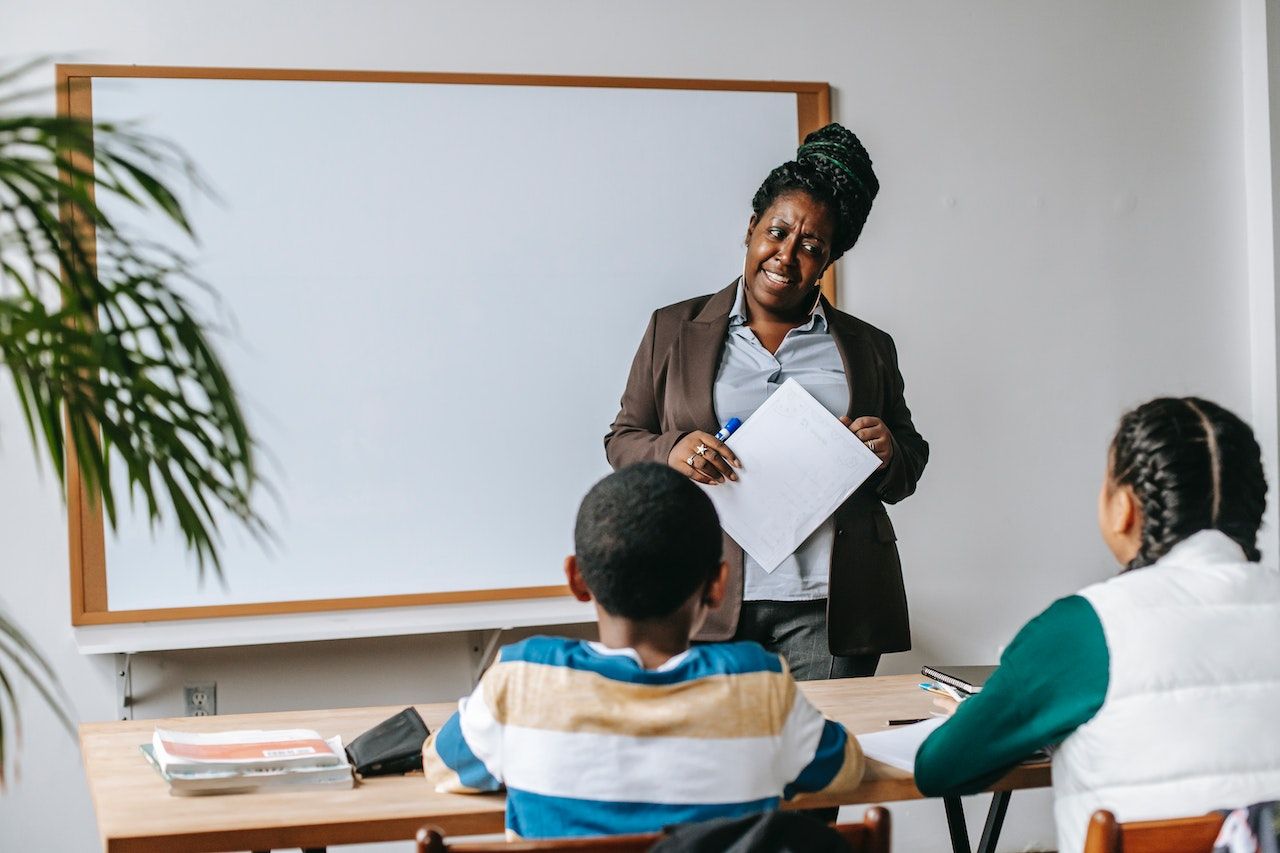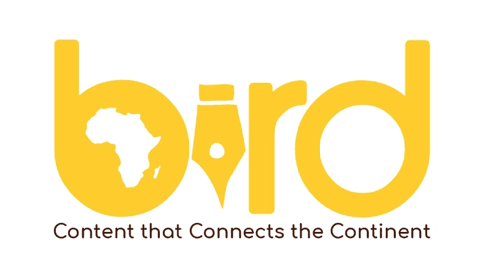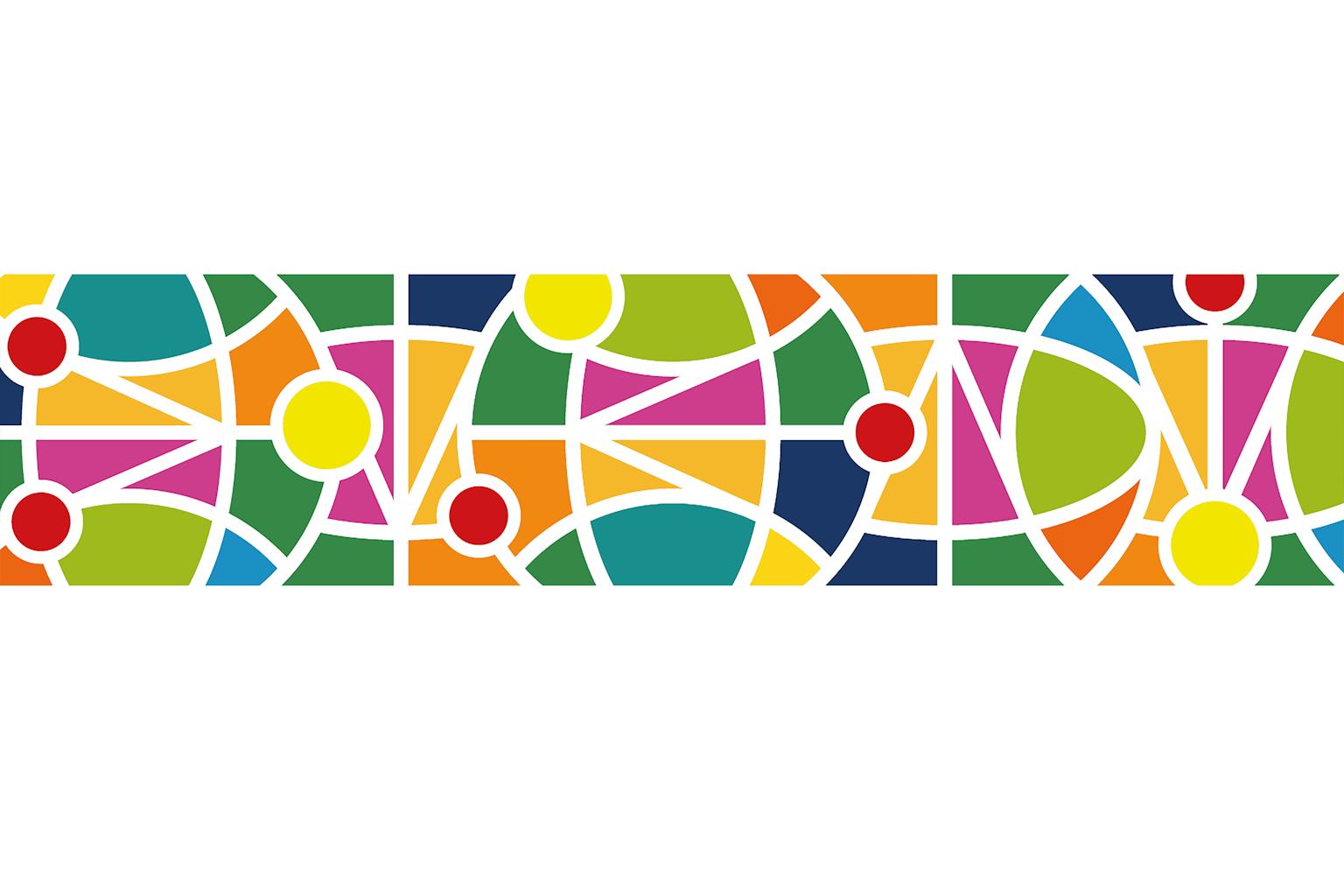In just over a decade, African states have turned around a 72% illiteracy rate to achieve a 70% literacy record, with 66% of the young people now receiving secondary education – and way more than that can read and write.

Seth Onyango, bird story agency
Young Africans are setting new educational benchmarks, outshining previous generations with a remarkable 66% attaining secondary school education.
Yet, despite this achievement, many youths are finishing school only to grapple with high unemployment rates according to new Afrobarometer figures.
The Mastercard Foundation-backed report reveals steady growth with literacy levels going up across the continent as governments ramp up investment in the education sector.
Cumulatively, recent data shows that a majority of African countries have surpassed the 50 per cent literacy (those just able to read and write) mark and are currently at about 70 per cent.
In 2021, Statista figures showed 67.4 per cent of people aged 15 years and above in Africa were able to read and write a simple statement and to understand it.
Regionally, data from Southern Africa reflected the highest regional literacy rate, at 80 per cent. North and East Africa had similar shares of literate people, at around 71 per cent.
"In contrast, 67.5 per cent and 54 per cent of the adult population in West and Central Africa could read and write" Statista figures show.
This is a huge leap, given that just over 10 years ago, 72% of the world's illiterate population was to be found in Africa, according to a European Union report.
"In 2008, nearly 796 million adults (17% of the adult population worldwide) could neither read nor write. Approximately two-thirds were women. A large majority of illiterates live in Sub-Saharan Africa. 10 countries account for 72% of adult illiterates in the world. According to the "2011 Monitoring for All Global Education" report from UNESCO" read the report in part, at the time.
But with the World Bank average of 70%, African states are on course to achieving universal literacy.
According to the World Bank, South Africa and Namibia are among the countries with the highest literacy levels. This is despite a literacy crisis among young learners in South Africa, many of whom, according to a report from GroupUp, are coming out of grade 4 (9-10 years of age) unable to read for meaning. Africa still lags behind the world average, which stands at around 90 per cent.
Nevertheless, growth has been hastened by increased literacy rates in some larger populations, like Nigeria, which saw an increase of some ten per cent between 2008 and 2018.
Countries with low literacy rates in Africa include Niger and South Sudan, which the World Bank put at 43 per cent and 48 per cent by 2018, respectively. A report put Guinea’s level at 46 per cent while that of Chad and the Central African Republic stood at 31 per cent and 38 per cent in 2016 and 2018 respectively. These low rates are contrasted with significantly high rates in countries like Morocco (98%), Ivory Coast (89%) Zimbabwe (89%), Kenya (82%), Ghana (80%), Rwanda (75%) and others.
Some of the challenges attributed to lower literacy levels in Africa compared to other developed economies include a lack of appropriate legislation, funding and qualified professionals to drive the agenda.
A low level of reading cultures in some parts of Africa coupled with a lack of adequate library services is also blamed. However, countries have been working hard to stamp out illiteracy through various interventions, like reducing the cost of education, school feeding programmes and adopting new education models.
bird story agency





